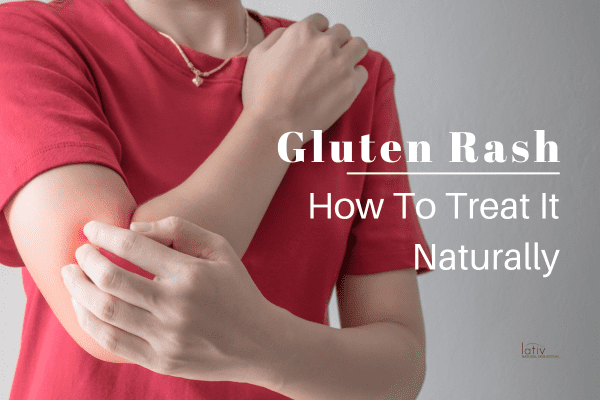
Gluten Rash: Early Warning Signs & How To Treat It Naturally
Gluten Rash: Early Warning Signs & How To Treat It Naturally. At Natural Skin Revival, we prioritize holistic skincare solutions derived from nature. In this article, we delve into the intricate realm of gluten sensitivity, focusing particularly on gluten rash – a prevalent yet often misunderstood condition. Gluten rash, medically known as dermatitis herpetiformis, can manifest in various forms and intensities, causing discomfort and distress. Furthermore, in this comprehensive guide, we will explore the definition, symptoms, appearance, causes, prevention, and natural treatment methods for gluten rash, integrating insights from our expertise at Natural Skin Revival.
What Is Gluten
Gluten, a composite of proteins found in wheat, barley, rye, and their derivatives, serves as a binding agent in many food products. While harmless for most individuals, gluten can trigger adverse reactions in those with gluten sensitivity or celiac disease. Gluten sensitivity refers to the body’s inability to tolerate gluten, leading to various symptoms, including skin manifestations like gluten rash.
While oats don’t naturally contain gluten, many commercial varieties of oats and oat products are exposed to gluten during storage, transportation, or processing. [1]
Gluten as a thickening agent and filler is in everything from ketchup to ice cream. It can also be present in many processed and packaged foods, such as sauce mixes and beer. The inactive ingredients in many medications are gluten-based. It’s used in just about everything.
Gluten and gluten intolerance is highly debated, but it is on the rise worldwide. Many believe that the rising incidence of gluten intolerance and celiac disease is the result of gluten being used as food additive, not just a grain source. [2]
What is a Gluten Allergy Rash?
Recognizing the early warning signs of gluten rash is crucial for timely intervention and management. Individuals experiencing gluten sensitivity may exhibit an array of symptoms, such as:
- Itchy Skin: Persistent itching, often localized in specific areas like elbows, knees, buttocks, or scalp.
- Rash Formation: Development of small, red bumps or blisters resembling hives or eczema.
- Burning Sensation: Discomfort or burning sensation accompanying the rash, exacerbating with scratching.
- Painful Lesions: Formation of painful, fluid-filled lesions or papules, typically symmetrically distributed.
Appearance of Gluten Rash:
The appearance of gluten rash can vary significantly among individuals, ranging from mild irritation to severe dermatological manifestations. Characteristic features of gluten rash include:
- Grouped Lesions: Clusters of small, red bumps or blisters grouped closely together, resembling a rash pattern.
- Intense Itching: Pruritus, or intense itching, often preceding the eruption of rash lesions, exacerbating the discomfort.
- Symmetrical Distribution: Affected areas typically exhibit symmetrical distribution, mirroring each other on both sides of the body.
- Chronic Persistence: Gluten rash tends to persist chronically, with intermittent flare-ups triggered by gluten ingestion or other factors.
Cause of Gluten Rash:
Understanding the underlying causes of gluten rash is essential for effective management and prevention strategies. Moreover, gluten rash, or dermatitis herpetiformis, primarily stems from an autoimmune reaction triggered by gluten ingestion in genetically predisposed individuals. Additionally, the immune system’s response to gluten leads to the formation of antibodies, which deposit in the skin’s layers, causing inflammation and rash development.
Prevention:
While complete avoidance of gluten remains the cornerstone of managing gluten sensitivity and preventing associated skin manifestations, adopting certain lifestyle modifications can significantly mitigate the risk of gluten rash. Key preventive measures include:
- Gluten-Free Diet: Opt for a gluten-free diet, avoiding wheat, barley, rye, and gluten-containing products.
- Ingredient Scrutiny: Thoroughly read food labels and ingredient lists to identify hidden sources of gluten in processed foods.
- Cross-Contamination Awareness: Practice caution to prevent cross-contamination in food preparation areas, particularly in shared kitchens or dining establishments.
- Consultation with Healthcare Provider: Consult a healthcare provider or dermatologist for accurate diagnosis and personalized management strategies tailored to individual needs.
Treatment of Gluten Rash Using Natural Skin Revival:
- Neem Cream: Formulated with calming botanicals such as chamomile and aloe vera, our soothing Neem Cream provides instant relief from itching and inflammation associated with gluten rash.
- Goat Milk Honey & Oatmeal Soothing Bath Milk: Enriched with colloidal oatmeal, our gentle bath milk will help calm the intense itch and irritation caused by gluten rash symptoms.
- ProCure Psoriasis & Eczema Repair Balm: Infused with organic calendula extract, our healing balm accelerates skin repair and reduces redness and discomfort caused by gluten rash lesions.
- ProCure Psoriasis Eczema Relief Oil Serum: Moreover, this calming serum contains potent antioxidants and anti-inflammatory ingredients to calm irritated skin, providing relief from itching, burning, and stinging sensations.
- Goats Milk Soap, Fragrance Free: When it comes to cleansers, nothing beat goats milk soap. Our gentle goat milk soaps cleanses and hydrates sensitive skin without aggravating gluten rash symptoms.
At Natural Skin Revival, we offer a curated selection of natural skincare products specifically formulated to address gluten rash and alleviate associated symptoms. Our gluten-free skincare range harnesses the power of botanical extracts, vitamins, and nourishing ingredients to soothe irritated skin and promote healing. Here are some featured products available on our website:
Getting Results With Natural Skin Revival
Gluten rash represents a significant dermatological manifestation of gluten sensitivity, necessitating vigilant recognition and proactive management. By familiarizing ourselves with the early warning signs, causes, and preventive measures associated with gluten rash, we empower ourselves to make informed lifestyle choices conducive to optimal skin health. Moreover, zt Natural Skin Revival we remain committed to providing natural skincare solutions tailored to individuals with gluten sensitivity, ensuring holistic well-being and radiant skin vitality.
Remember, prioritizing your skin’s health begins with conscious choices and informed decisions. Together, let’s embark on a journey towards skin rejuvenation and vitality, guided by nature’s bountiful offerings.
Here Are Our Product Recommendations:
-
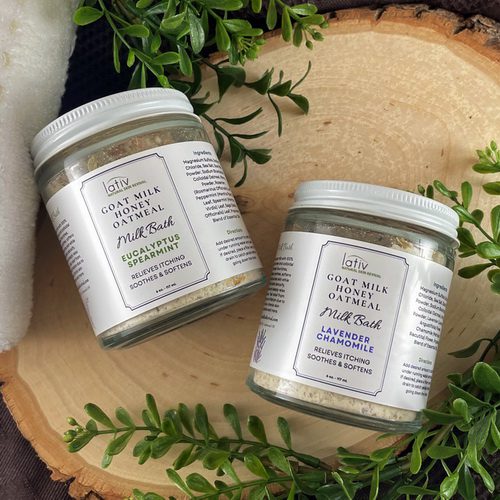 Goat Milk Honey & Oatmeal Soothing Bath Soak$12.95
Goat Milk Honey & Oatmeal Soothing Bath Soak$12.95 -
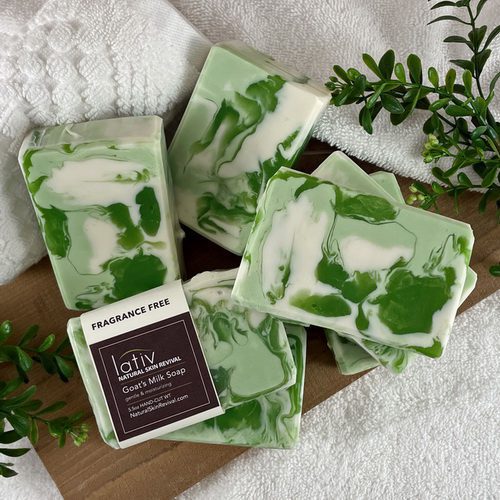 Goats Milk Soap Fragrance Free$6.50
Goats Milk Soap Fragrance Free$6.50 -
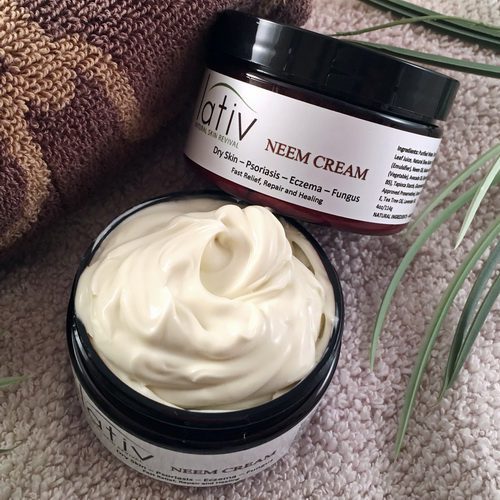 NEEM Cream$14.95
NEEM Cream$14.95 -
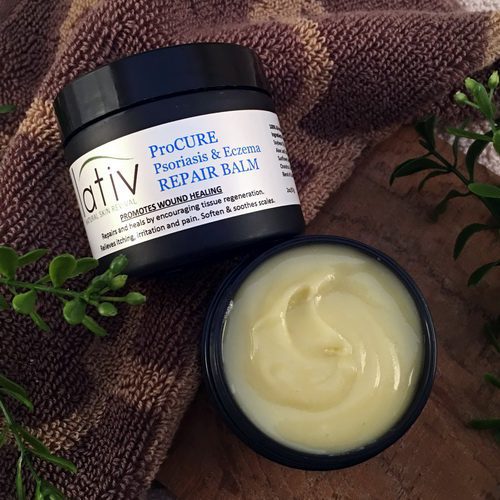 ProCure Psoriasis & Eczema Repair Balm$14.95 – $29.90
ProCure Psoriasis & Eczema Repair Balm$14.95 – $29.90 -
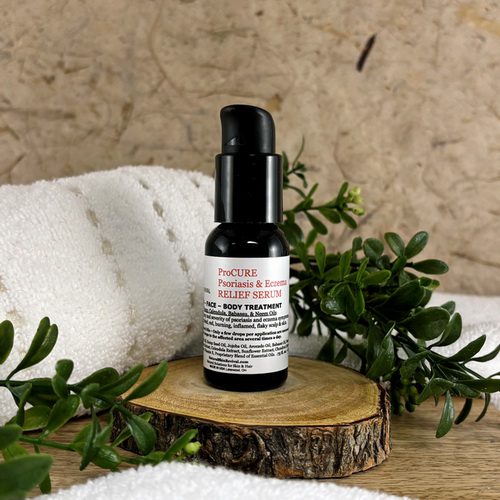 ProCure Psoriasis Eczema Relief Oil Serum$18.95
ProCure Psoriasis Eczema Relief Oil Serum$18.95
Written By: Mary Ellen Wank, Wellness Advocate and Founder of LATIV, Natural Skin Revival DISCLAIMER
Recommended Articles:
How to Naturally Improve Eye Skin
How To Choose and Use a Facial Serum
7 Reasons to Start Using a Facial Cleansing Mask
The Benefits of Using A Facial Scrub
Resourses:
[1] Everyday Health, What Is Gluten
[2] Center Spring MD, Gluten The New Food Additive
[3] Everyday Health, Gluten Allergy Rash: Identification and Treatment
[4] & [5] John Hopkins, Dermatitis Herpetiformis

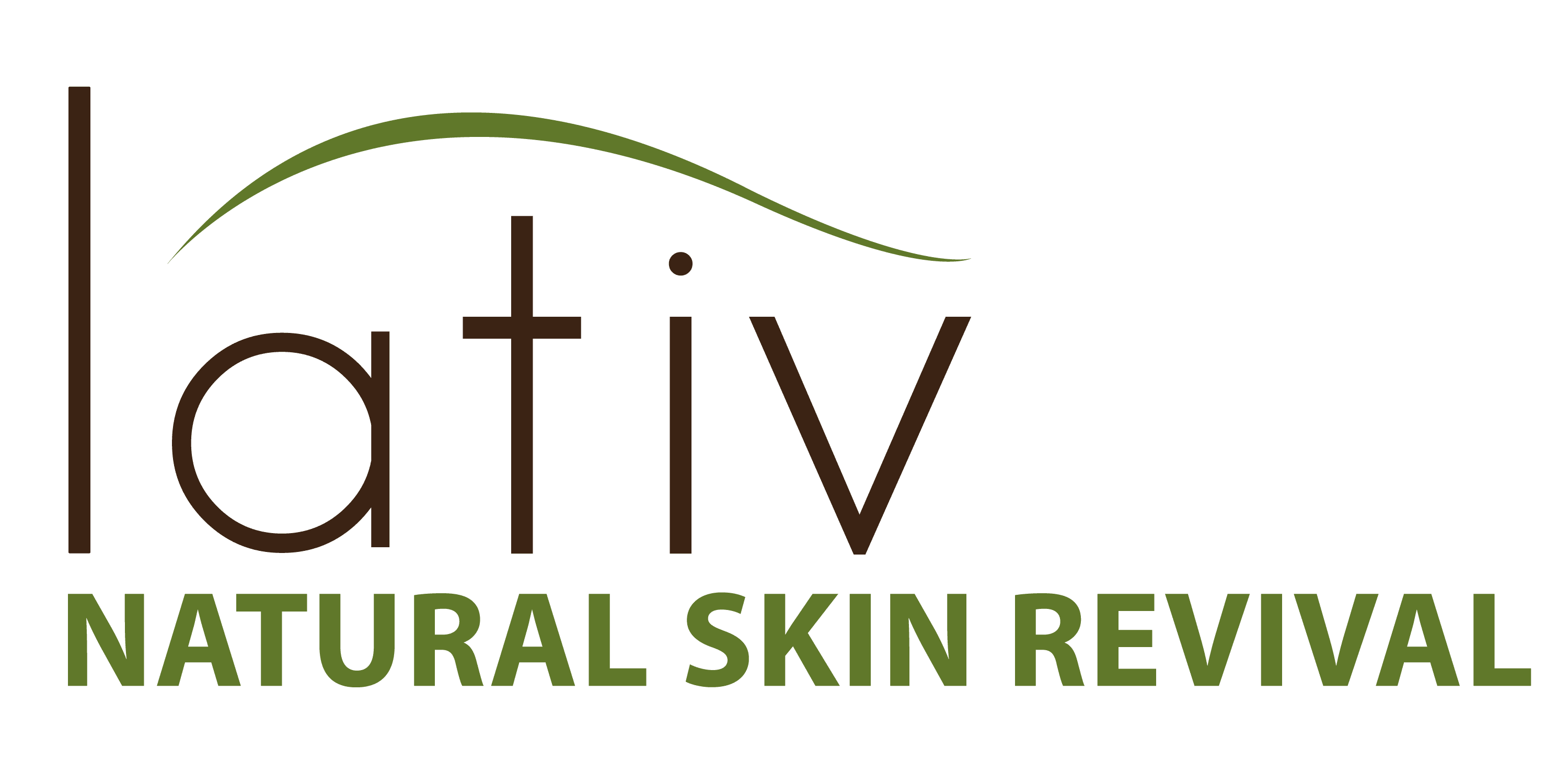
Comments are closed here.